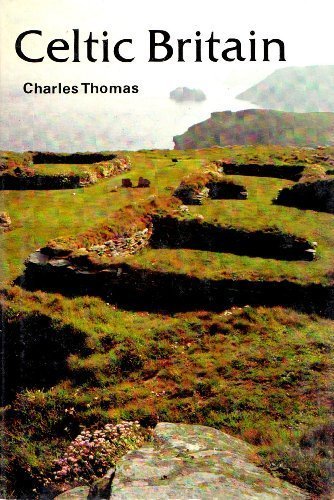Ancient Peoples and Places
1 total work
The period between the departure of the Romans, around AD 400, and the establishment of the English kingdoms in the later 7th century is one of the least known and most important episodes in British history. In this time of turmoil, Scots, Picts and Anglo-Saxons contributed to a breakdown in civilized life, but it was also a time of renaissance: a rebirth of Celtic language and art, the rise of native British kingdoms in Scotland, Wales and Cornwall, and the flowering of the Church in Celtic Britain. This is the period that this work seeks to illuminate. In this turbulent period, how much continuity can be discerned with Roman Britain? What are the links with Britain today? Charles Thomas pieces together the facts behind the accretions of myth. He ranges from Rome's Christian legacy to the growth of monasticism, from Ogham writing to Pictish symbol stories, from St Ninian, Scotland's first bishop, to St Columba of Iona, from the narrative poem, "The Gododdin", to the origins of the story of Tristan and Isolde, providing a portrait of this romantic and heroic age.
